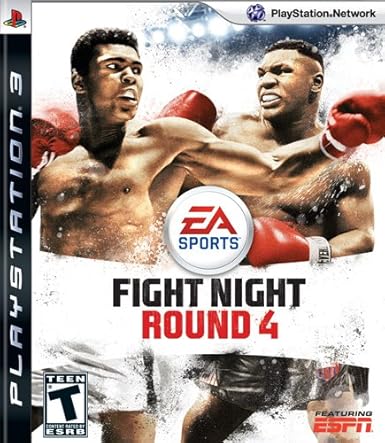Wow. Just, wow.
What a wild finish to an epic see-saw battle where the outcome was always in doubt.
I have not been pleased with the NFL for a while now, and hadn’t watched a game for a few years. The league’s agenda conformity of late has pretty much guaranteed I will never be a fan again. So normally I wouldn’t have watched the Superbowl. If it wasn’t for an invitation from friends this year, I probably wouldn’t have.
So because of my NFL boycott, I knew nothing about Seattle running back Marshawn Lynch. But based on what I saw last night, he runs a lot like how I described John Riggins and Natrone Means in my last post. He’s a bigger, stronger Bronko Nagurski.

Which brings us to the play that will be talked about for years to come, that Seattle’s offensive coordinator may never live down: You’ve got a back who can gain at least three yards a play regardless of how a defense is stacked against him. Certainly you just hammer the line with him until he punches it in, right? No, as it turns out you call a pass play and your talented young quarterback throws his only interception, a hockey-style brawl breaks out on the field, and the repeat championship is ripped from your grasp in the final seconds.
I submit that the pass play was not the most stupid play call ever. I don’t know what the most stupid of all time is; but I know which one takes the cake that I’ve seen.
You are head coach Denny Green. Your team has gone 15-1 in the regular season, easily marching to the NFC championship despite some horrible officiating in the playoffs. Your key defensive player, John Randle, is hurt and won’t be able to anchor the defense in the game, but you’ve kept that a secret. You’ve got homefield advantage and the crowd noise in the Metrodome is a potential extra player. Up to this point your boys have blown out everybody except your one (close) loss to the Buccaneers around mid-season. But your defense is especially porous in this game (you’ve lost five starters to injuries), and you’ve botched a few drives by throwing deep down the field incomplete instead of just getting first downs. Now you’re tied at 27-27 with 49 seconds left to play. It’s first down in the Red Zone and you’ve got the most prolific offense to ever play the game. The formidable weapons your red-hot quarterback has at his disposal are Chris Carter, Randy Moss, Jake Reed, a healthy Robert Smith in the backfield and an offensive line like the Great Wall of China. You can put the game away by a score–all your mistakes and the uncharacteristic flubs by your players will be forgotten. What do you do?
You have your QB kneel on the ball to end regulation. At least that’s what Green chose to do.
You could have put the game out of reach with a chip shot field goal in your last drive, with a kicker who has been perfect all season. That’s right–he has not missed a single FG or PAT all year. Guess when he decides to miss a kick? The other team’s kicker doesn’t miss in overtime, and they advance to the Superbowl.

That missed kick is the only thing people remember about the game, saving the coach from scrutiny when it should have never come down to the kick in the first place.
Back to Seattle-New England. So far as stupid calls go, I wouldn’t even put it in the top ten. In fact, it may not even be a stupid call. Had the right guy come down with the ball, it would be considered a stroke of genius. The same people bitching about the call now would be trash-talking about how the Patriots were punked by the potential threat of Lynch, giving up the pass while focusing on the run. Oh, how brilliant a strategy! Oh, how clever!
People will also probably forget that the only reason Seattle got to the red zone in the first place was the ridiculous bobbled bounce-off-the-knee reception. It even reminded the commentators of the helmet catch a few years ago that ruined New England’s perfect season. New England fans were sure that the jinx was still in effect.
But Lady Luck was a fickle, two-timing slut last night.





